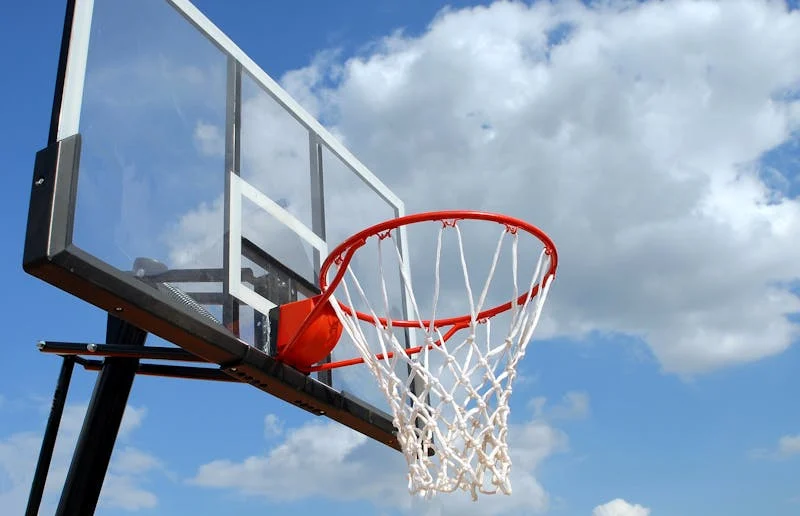Reflections and Final Summary of the Basketball Course

This semester, I chose basketball as my physical education course. After a semester of learning, I have gained a deeper understanding of this sport.
First, the objectives of our course can be summarized into the following four points.
Shifting from a purely competitive sports focus to a comprehensive educational direction that includes fitness, rehabilitation, entertainment, competition, and life. The evaluation of physical education is also transitioning from a purely biological perspective to one that includes biological, psychological, and social aspects. The teacher-student relationship is evolving from a submissive type to a cooperative one.
Meeting needs and developing individuality. Interest and passion are the best teachers. We must maximize the satisfaction of students’ demands for basketball, aligning their intentions and behaviors with a shared interest and pursuit. This helps cultivate moral character, inspire enthusiasm for life, foster noble virtues, enjoy the pleasures of life, and form a correct view of sports and morality, laying a solid foundation for the development and perfection of individuality.
Balancing skill improvement and physical development. Enhancing students’ physical fitness is one of the goals of physical education. In basketball classes, arranging a certain amount of physical conditioning exercises not only lays a solid foundation for sports skills but also creates favorable conditions for improving physical fitness.
Integrating in-class and out-of-class activities. In-class activities focus on teaching basketball theory, cultivating interest in basketball, enhancing fitness awareness, and mastering basketball techniques and tactics. Out-of-class activities encourage students to actively participate in basketball training and competitions, improving practical skills, enhancing aesthetic awareness, and developing exercise habits. This makes extracurricular sports an organic extension and effective supplement to classroom sports, extending the students’ physical education process throughout their higher education.
This semester, we covered the following content: running (relaxed running, variable-speed running, directional change running, side-step running), stopping (jump stop, stride stop), pivoting, passing and receiving (stationary chest pass, moving chest pass, one-handed overhead pass, two-handed bounce pass, side pass), dribbling (high dribble, low dribble, crossover dribble, spin dribble, between-the-legs dribble, behind-the-back dribble), and shooting (stationary one-handed shoulder shot, stationary two-handed shot, three-step layup).
During the learning process, I realized: when changing direction, the intent should not be too obvious, and the change in center of gravity should be noticeable. The steps should not be too fragmented, and there should be significant acceleration. In variable-speed running, the steps should not be overly fragmented, and the change in acceleration should be obvious, with minimal vertical fluctuation in the center of gravity. In side-step running, the running path should be clear, and the center of gravity should be well controlled to avoid imbalance, with large alternating steps. In jump-stop shooting, both feet should land simultaneously, and the center of gravity should be between the feet after landing. In stride stops, the braking foot should be effective, and the center of gravity should be stable after stopping. When dribbling, the coordination between footwork and dribbling, the movement of the center of gravity and directional changes, the relationship between the ball and the player’s position, the ball and body posture, the ball and the speed of directional change, and the rhythm change before and after the directional change must all be well mastered. In moving chest passes, the coordination between hands and feet, the rhythm and quality of passing, and serving the passing target must be noted. In stationary shooting, the coordination between the upper and lower limbs in one-handed shoulder shots, the flick of the fingers and wrist at the moment of release, and the footwork and body posture in three-step layups are also crucial.
Additionally, I suggest that the school should strengthen the construction of infrastructure to avoid situations where classes depend on the weather or where teachers have to compete with others for space to conduct classes!